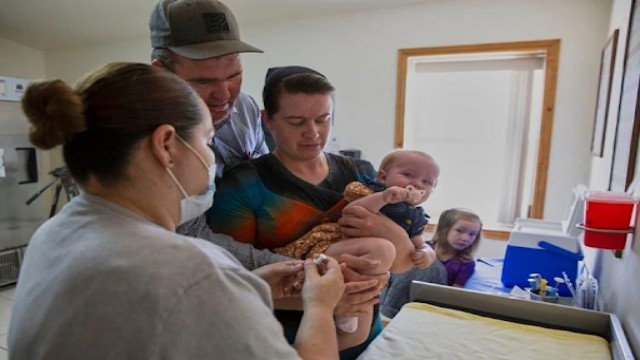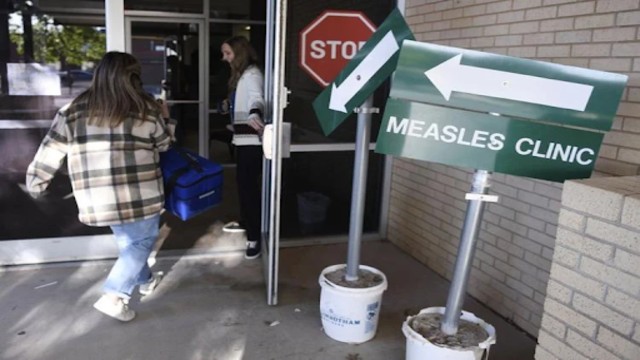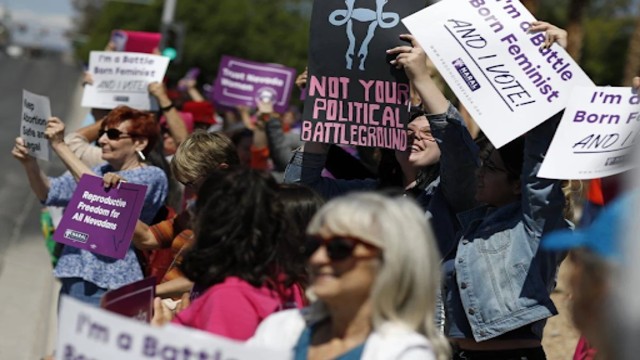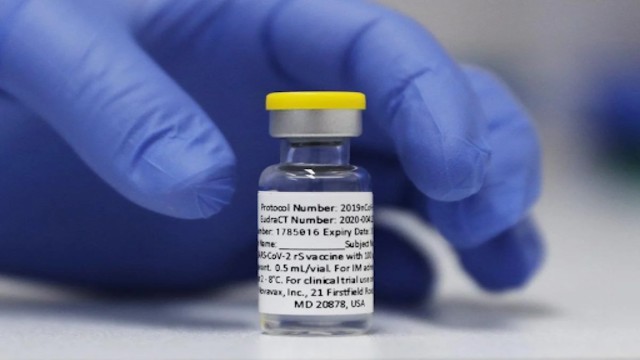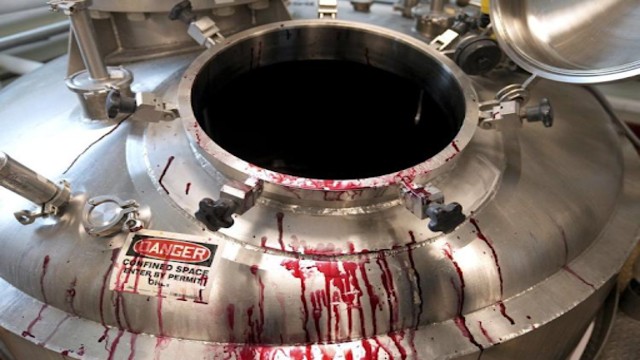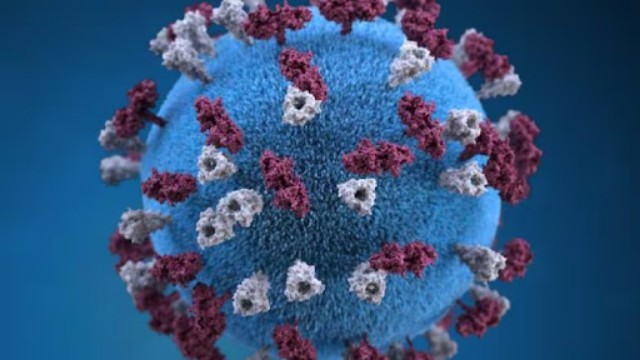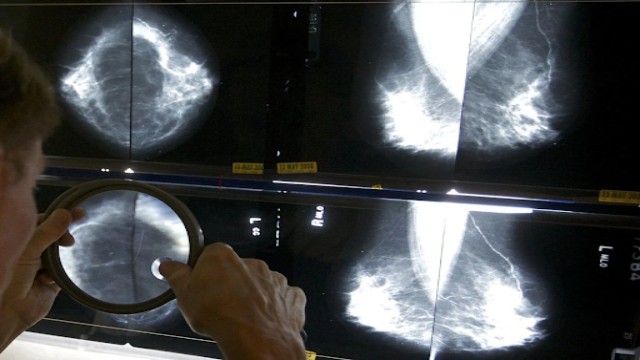
Pigs roam in a shed of the Piggly farm in Pegognaga, near Mantova, northern Italy, Wednesday, Sept. 25, 2024. (AP Photo/Luca Bruno)
In late August, Giovanni Airoli discovered that one of his sows had tested positive for African swine fever. Within a week, authorities ordered the culling of all 6,200 pigs, including sows, piglets, and fattening pigs, on his farm near Milan. This drastic measure aimed to contain the outbreak that poses a significant threat to Italy's €20 billion pork industry, which produces prosciutto and cured sausages.
Since the disease first appeared in Italy in January 2022, nearly 120,000 pigs have been culled, with around 75,000 killed in just the last two months as the situation worsened. Airoli expressed his devastation, noting the strict access controls now in place on his farm. Only employees can enter, and they must adhere to stringent hygiene protocols, including wearing clean coveralls and boots.
Despite implementing all safety measures, Airoli is at a loss as to how the outbreak occurred. The situation escalated rapidly in early September, with 24 new outbreaks, mainly concentrated in Lombardy. This area, measuring 4,500 square kilometers, has confirmed cases in domestic pigs and includes neighboring regions known for their renowned cured meats.
The repercussions of the outbreak extend beyond immediate culling. Farmers across a 23,000-square-kilometer area are facing restrictions due to wild boar infections or because they fall within designated buffer zones. The disease is almost always fatal to pigs, with wild boars as its initial carriers, before spreading to domestic herds of around 10 million swine in Italy. Fortunately, it does not pose a threat to human health.
Italy's influential agricultural lobby, Coldiretti, estimates the damage to the pork industry at around €500 million ($554 million), which includes losses from export bans and threatens the livelihoods of many farmers. The pork sector, including farming and processing, generates approximately €20 billion ($22 billion) annually.
Ettore Prandini, president of Confindustria, recently warned that the spread of swine fever endangers not just animal health but the entire pork industry. In response, the government appointed Giovanni Filippini, a veterinarian and former director of Italy’s animal health authority, as a special commissioner to manage the crisis. Filippini has introduced new restrictions on farm access and animal transport, which seem to be making a difference, as only one new outbreak was reported in the last week of September.
Although the situation shows signs of improvement, officials urge caution. Giovanni Loris Alborali, director of the animal health institute for Lombardy and Emilia Romagna, emphasized the importance of maintaining high sanitation standards to ensure animal health and improve growth rates while reducing antibiotic use.
As swine fever spreads, several countries, including China and Mexico, have banned imports of Italian pork products, resulting in an immediate €20 million ($22 million) monthly loss in export revenue. However, markets like the U.S. and Canada continue to accept imports from unaffected areas.
Airoli, who produces ham for San Daniele and Parma prosciutto, remains uncertain about when he can resume his operations of raising 13,000 pigs a year. The disruption has already affected the prosciutto industry, with limited availability of fresh pork legs leading to production constraints and rising costs, which the Parma Prosciutto Consortium has deemed unsustainable.
Farmers outside the affected areas are taking extra precautions to prevent the disease from reaching them. For instance, Sergio Visini, who operates the Piggly farm in Mantova, has implemented rigorous sanitation measures for trucks entering his facility. He believes that this crisis could serve as a catalyst for improving animal health and welfare practices across the industry.


